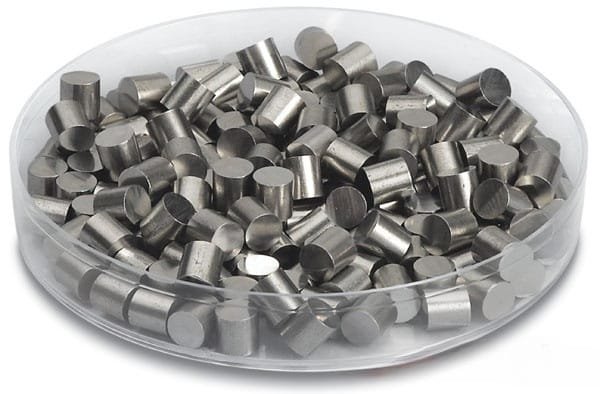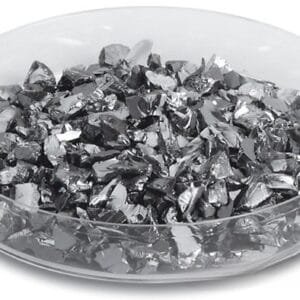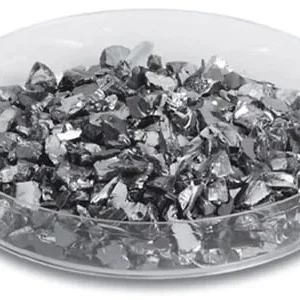Lanthanum Evaporation Materials Description
Lanthanum, represented by the symbol La and atomic number 57, is a soft, ductile, silvery-white metal that tarnishes gradually when exposed to air. High-purity lanthanum evaporation materials are vital for achieving excellent results in deposition processes, contributing to the production of high-quality thin films. At TFM, we specialize in manufacturing lanthanum evaporation materials with purity levels reaching up to 99.9%, supported by rigorous quality assurance procedures to ensure product reliability.

Lanthanum Evaporation Materials Specification
| Material Type | Lanthanum |
| Symbol | La |
| Color/Appearance | Solid |
| Melting Point | 927 °C |
| Density | 7.3 g/cc |
| Thermal Conductivity | 6.17 W/m.K |
| Coefficient of Thermal Expansion | 12.1 x 10-6/K |
| Synonyms | La Pellets, La Pieces, La Evaporation Pellet, Lanthanum Pellets, Lanthanum Pieces, Lanthanum Evaporation Pellet |
Lanthanum Evaporation Materials Application
Lanthanum evaporation materials are used in various deposition processes, including semiconductor fabrication, Chemical Vapor Deposition (CVD), and Physical Vapor Deposition (PVD). These processes are essential for creating high-quality thin films for advanced technologies. In optics, lanthanum materials are employed for wear protection, decorative coatings, and enhancing display technologies.


 MSDS File
MSDS File



Reviews
There are no reviews yet.